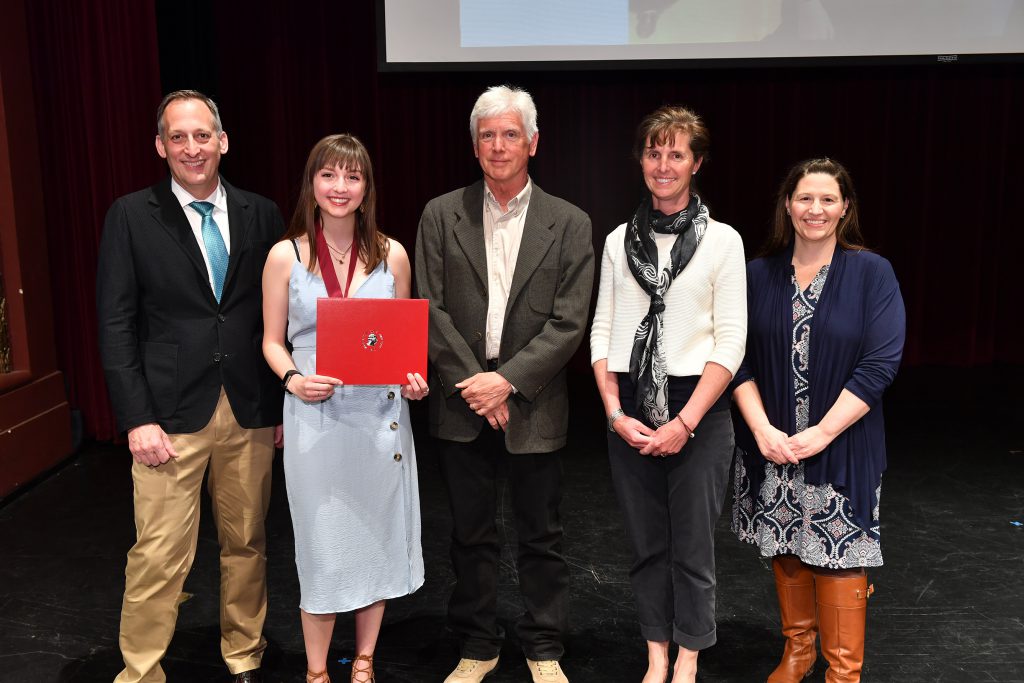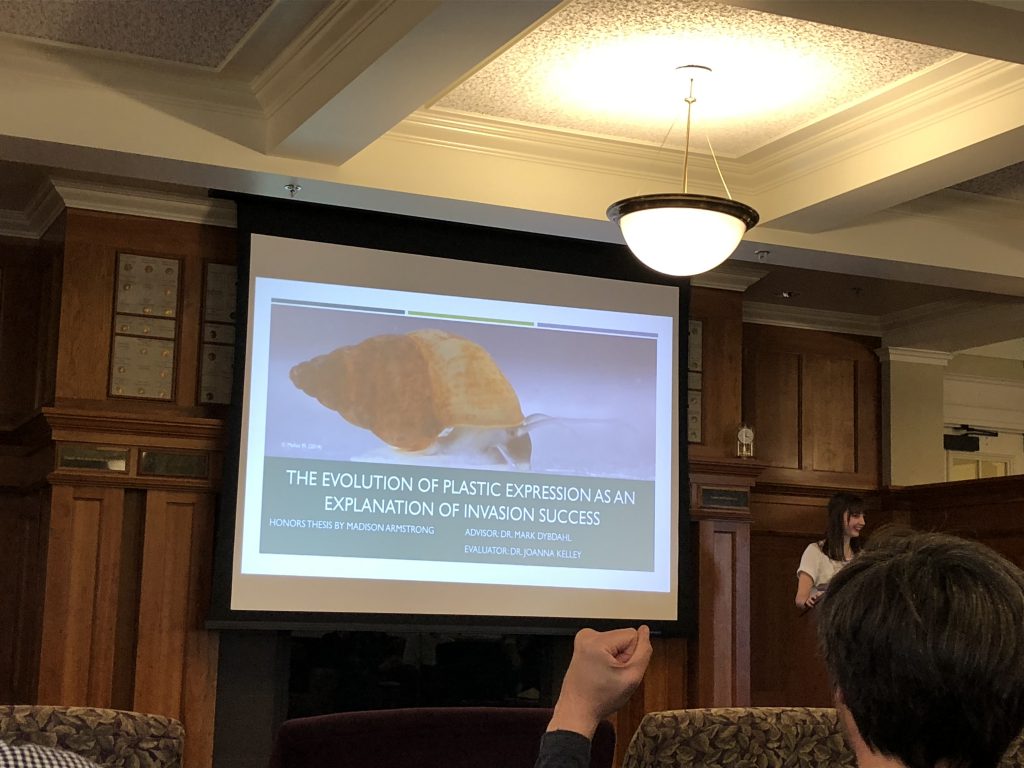Investigating the role of phenotypic plasticity in an invasive asexually-reproducing snail
As an undergraduate student at Washington State University I began working with Dr. Mark Dybdahl to investigate the effect an environment can have on the phenotypic expression of the clonal but highly invasive New Zealand freshwater snail. I observed that dimensions of shell shape variation were not consistent across populations, suggesting that phenotypic plasticity may play a role in morphological variation between populations of this clonal snail species. I then analyzed snail movement in water with a collaboratively designed “snail race” experiment to understand the potential invasion consequences of this shell shape variation across populations. I found that while there was a general trend of a larger foot size resulting in less distance traveled in water flow, the correlation was not significant.

My study was the first to consider morphological variation across multiple populations of the New Zealand freshwater snail across its invasive range, providing a larger picture of shell shape variation in this species than previous literature. I presented this full research project as my thesis in 2019 and received the highest honors from the Honors College. I am working with co-authors to edit this manuscript, which will soon be submitted to Biological Invasions. Additionally, for my research involvement and academic achievements, I was awarded the Biology Outstanding Senior Award at my graduation.

Outstanding Senior Award in Biology 2019 from WSU 
WSU Honor’s Thesis Presentation